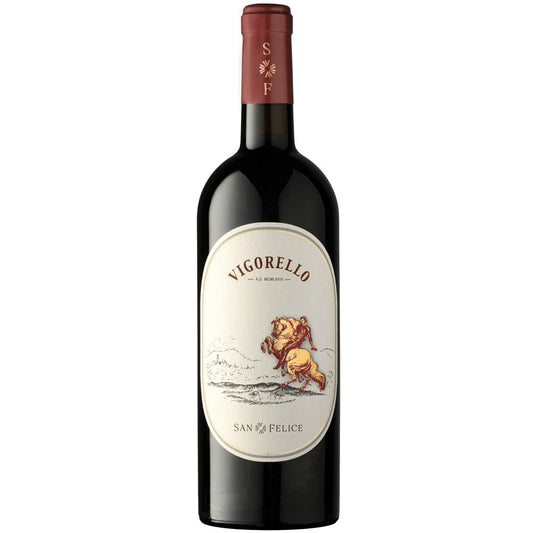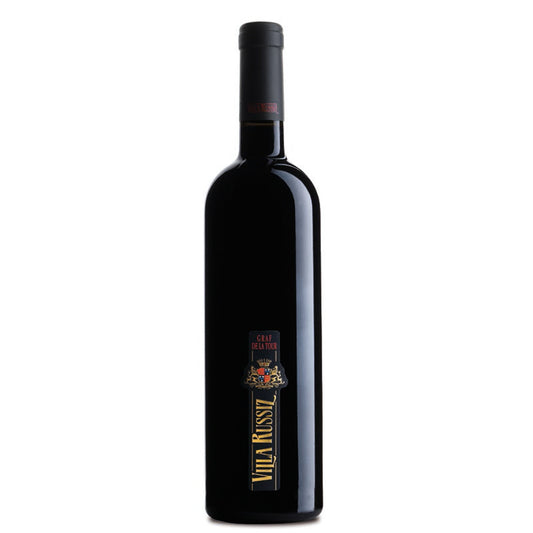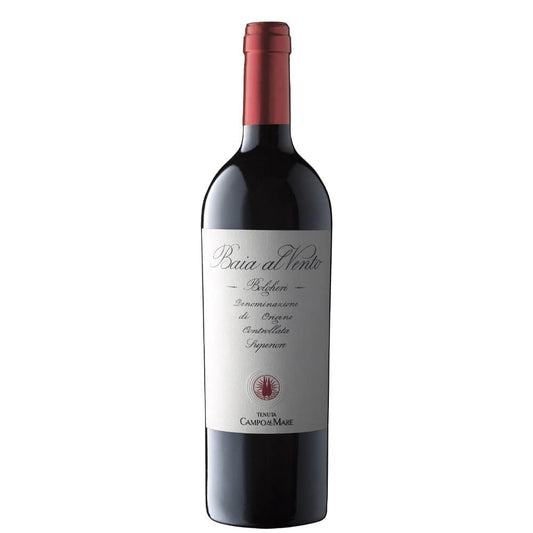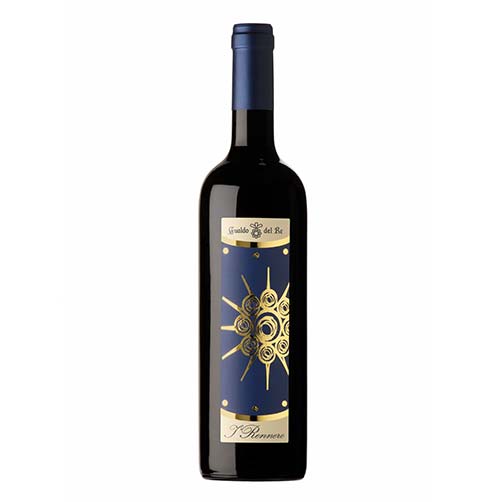Merlot is one of the most widely grown French red grape varieties and is the basis for some of the most important and famous red wines in the world. In this section of our online wine shop, you will find the best Merlot wines, either single varietal or blended, from the largest and most famous wineries as well as smaller, hard-to-find ones.
Organoleptic characteristics of Merlot
Merlot has quite specific characteristics:
a dark ruby red colour, very soft and velvety, with tones of ripe red fruit and sweet spices such as vanilla, it is a less tannic wine than other typical Bordeaux varieties, and is in fact used in blends to add softness to wines that would otherwise be too sharp.
Merlot in France
In France, it is the main grape variety of the Pomerol appellation, one of the most important in Bordeaux: here, Merlot achieves an elegance that is difficult to match.
Merlot in Italy
In Italy, Merlot is mainly grown in Veneto, Friuli and Tuscany, although it can be found in all regions, with some differences.
Merlot from Veneto and Friuli is characterised by its freshness, while those from Tuscany are used to produce Supertuscans, blended with other international varieties such as Cabernet.
What to pair Merlot with?
Merlot is extremely versatile when it comes to pairings: all red meats go very well with its structure, but it has few rivals when it comes to large roasts.
























